Unlocking the Power of Intangible Data: How Leaders Can Harness Both Quantitative and Qualitative Insights to Drive Successful Strategy Execution
About this Article (3 Minute Read): In this article, we explore the insights shared during a webinar hosted by Inspire Software, featuring a special guest Daniel Montgomery from Agile Strategies. The discussions from this event serve as the primary source of information for our examination of how leaders can leverage quantitative and qualitative data to drive effective strategy execution.
Business leaders often rely heavily on quantitative metrics to guide strategic decisions in a data-driven world. However, the bottom line isn’t the only source of insights for executing strategy—those insights often lie within the organization’s intangible assets: people, relationships, and culture. To successfully set and execute business strategy, leaders need to carefully consider the types of technology available to create, collect, track, and analyze both qualitative and quantitative data.
The Need to Balance “Cold” Data with “Warm” Data
To thrive in the 21st-century economy, leaders may want to consider cultivating and analyzing “warm” data—trust, motivation, engagement, conversations, feedback, and recognition—alongside “cold” quantifiable metrics like revenue, cost savings, and profit. Integrating a balance of data types provides more meaningful insights, driving innovation and strategic growth.
What is Cold Data?
Cold data is structured, quantifiable metrics such as goal revenue, cost savings, completion rates, performance KPIs, and binary milestones.
What is Warm Data?
Stories and conversational narratives that highlight interpersonal dynamics like trust, engagement, and motivation that naturally flow form within teams and individuals pursuing aligned goals.
Why Balanced Measurement Matters
To produce and analyze a balance of data insights, executive leaders may consider effectively utilizing measurement tools like OKRs that integrate the qualitative nature of an objective with, and quantitative data of the key results related to the objective. A balanced approach to tracking data reduces uncertainty in data-driven decision-making. Today's organizational leaders often turn to OKR software to help them integrate qualitative and quantitative measurements to minimize uncertainty in the strategic decision-making process. This approach enables organizations to adapt, innovate, and sustain strategic focus in dynamic business environments.
How to Measure the Immeasurable
Many leaders use OKRs and KPIs with continuous performance software to gather actionable insights from meetings and feedback loops. By linking performance to OKRs, they integrate data on motivation, trust, relationships, and skill development, revealing hidden performance drivers, boosting engagement, and enabling real-time recognition for strategic alignment and business excellence.
Continuous performance platforms enable tracking of OKR and KPI progress while collecting qualitative data during one-on-one meetings and team discussions, which inform leaders of intangible business data. Linking OKRs and KPIs to performance not only increases the quality of the pursuit of those goals but also produces insightful data about how the organization is performing beyond cold metrics like revenue, profit, and cost savings.
Warm Data Points to Consider:
- Engagement of and Motivational Outlook of Employees
- Trust and relationship health
- Goal progress, skill development, and roadblocks
- One to One and Team Meeting Narratives
- Frequency and quality of feedback
- Real-time recognition of exemplary performance
How to Create Warm Data Using AI
AI can significantly enhance the creation of warm data points within an organization by bypassing the need for pre-structured data, unlike traditional employee engagement surveys. In surveys, the predefined questions and scales limit the range of insights that can be gathered. However, AI can dynamically suggest conversations, create tasks related to goals and roles, and generate performance and strategy narratives based on those interactions. This approach allows for a more comprehensive understanding of employee engagement, trust, and motivation, providing leaders with richer, more actionable insights to drive strategic growth and innovation.
Inspire Strategic Insights Beyond the Numbers
Achieving strategy execution is more than setting the right goals—it’s about ensuring that the people pursuing those goals are engaged, motivated, and aligned. Leaders can bridge the gap between “cold” numbers and “warm” insights by leveraging processes and technologies that naturally produce and collect quantitative and qualitative data. Intangible assets might be challenging to find or understand, but they are measurable if you create a culture of accountability through quality performance conversations, feedback, and recognition practices. Measuring a balance of data in your organization is key to sustainable growth and high-impact decision-making.
To gain deeper insights into harnessing data and human insights for effective strategy execution, we invite you to watch the webinar from February 6th, 2025. You can access it HERE.

